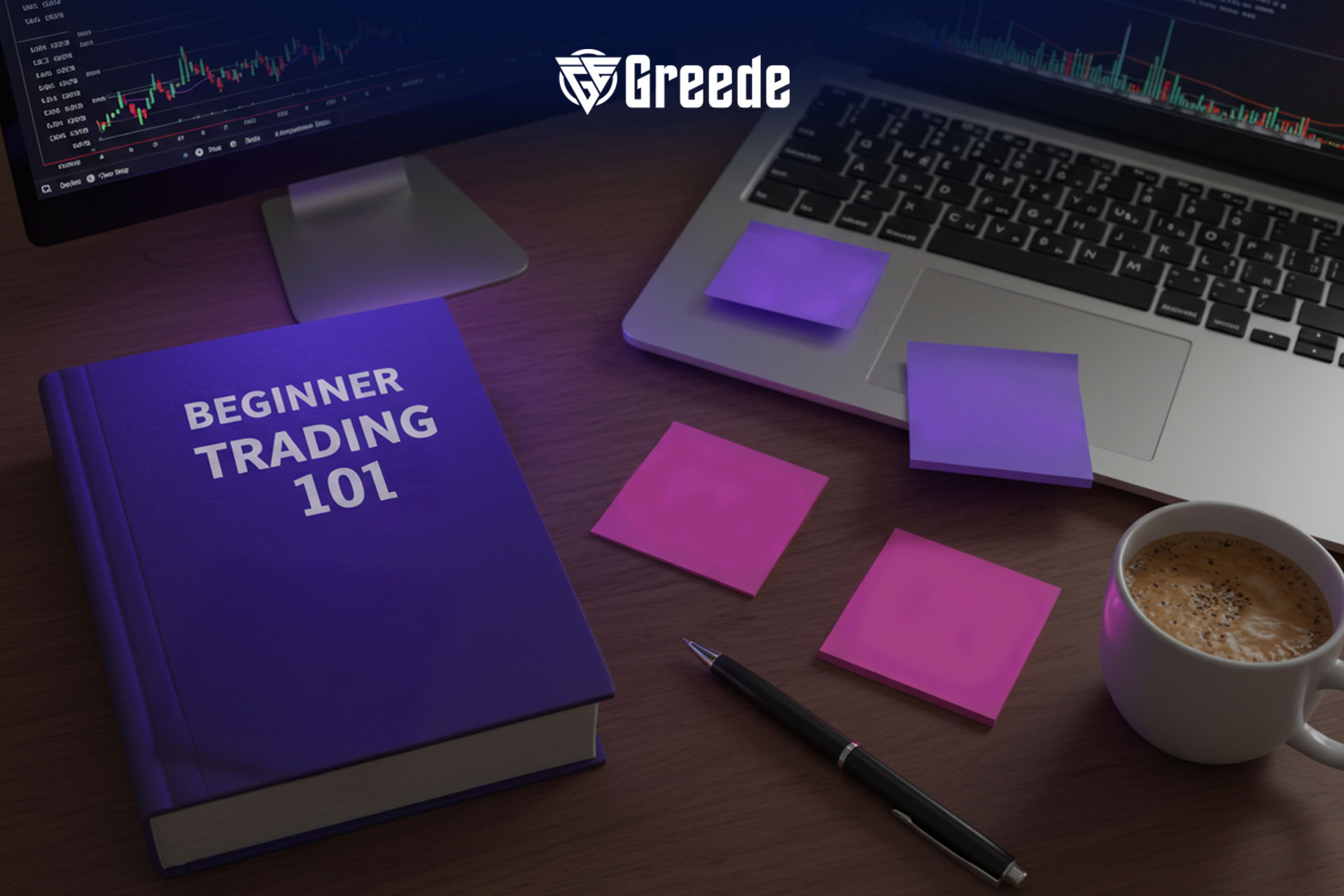
Trading is the process of buying and selling in financial markets to achieve a profit. This can involve stocks, forex, commodities, or digital currencies, and is conducted through online trading platforms. Trading allows traders to capitalize on market fluctuations but requires a deep understanding of strategies, patterns, and market fundamentals.
If you are a beginner in the world of trading, this article will outline the most important information you need to get started. We will discuss trading strategies, different markets, and how to choose the platform that best suits you.
Definition of Trading
Trading refers to buying and selling in financial markets to profit from price fluctuations. The types of instruments you can trade include stocks, forex, commodities, and contracts for differences (CFDs). By understanding the basic principles of trading, beginners can make informed decisions that lead to positive outcomes.
Before you start trading, it's important to familiarize yourself with basic concepts such as:
Buying and Selling: Buying a financial instrument when its price is low and selling it when the price rises.
Profit and Loss: The difference between the buying price and the selling price.
Leverage: Using borrowed funds to increase the size of your trade.
Trading markets come in several main types, including:
Stock Markets: Where company shares are traded.
Forex Markets: Where foreign currencies are traded.
Commodity Markets: Such as gold and oil.
Learning Trading for Beginners
If you're new to this field, here are some basic steps you should follow:
Understand the Basics: Learn how financial markets work.
Choose the Right Platform: Look for reliable and user-friendly trading platforms.
Open a Trading Account: Open a trading account with a licensed broker.
Start with a Demo Account: Use a demo account to test your strategies without risking real capital.
Choosing the right trading platform is crucial. Some common options include:
MetaTrader 4 and 5 (MT4, MT5): Popular platforms that allow you to trade in various markets.
Web-based Platforms: Easy-to-use platforms that can be accessed from any browser.
Top Trading Strategies
Trading strategies vary based on your goals and available time. Here are some types:
Day Trading Strategy: Involves opening and closing trades within the same day.
Scalping Strategy: Aims to make small profits from short price movements.
Long-term Trading: Requires holding trades for several days or weeks.
Chart Analysis
Chart analysis is an essential tool for traders to understand market movements and predict future trends. This includes:
Technical Indicators: Such as moving averages (MA) and the Relative Strength Index (RSI).
Chart Patterns: Market structure, liquidity, and Wyckoff methodology.
Chart Patterns
Common chart patterns include:
Market Structure:
This refers to how the price moves to create peaks and troughs. It can help determine if the market is in an uptrend, downtrend, or sideways.
Importance:
Helps traders trade with the trend, not against it.
Reveals phases of price reversal or continuation.
Liquidity:
Refers to areas where buy and sell orders cluster, often around peaks and troughs.
Importance:
Traders used to predict where price movements might occur.
Considered a target market maker, helping identify potential reversal points.
Wyckoff Method:
A market analysis approach that focuses on understanding the relationship between supply and demand and trading volume.
Importance:
Reveals the four phases of the market: accumulation, markup, distribution, and markdown.
It helps traders understand the intentions of institutional investors.
What is Forex Trading?
Forex trading is the process of buying and selling currencies to profit from the price difference between two currencies. For example, you can buy the euro against the US dollar when you expect the euro to rise and then sell it later when the price increases.
Some strategies used in forex trading include:
Technical Analysis Trading: Using charts and indicators to identify buy and sell opportunities.
Fundamental Analysis Trading: Like tracking economic data and political news.
Stock Markets
Stock trading is one of the most common forms of trading. Traders buy company shares to profit when the value of the share's increases.
Commodity Markets
Trading commodities like oil and gold are another option available to traders. Commodities can be a good tool for diversifying an investment portfolio.
Comparison Between Forex and Other Markets
Traditional Financial Markets (Stocks): Trading stocks requires knowledge of companies and sector analysis.
Forex Markets: Requires understanding global economic factors affecting currencies.
In conclusion, trading is a promising field that anyone can benefit from if learned properly. Whether you're a beginner or a professional, by using these tips, you'll be able to build a strong foundation in the world of trading and achieve your financial goals with confidence. Always look for reliable trading platforms and be cautious when choosing the financial instruments you trade.
Tips for Beginner Traders
Start with a demo account before entering a real market.
Learn from experts and follow economic news.
Never invest more than you can afford to lose.
Choosing the Right Trading Platform
Choosing Greede as your trading platform is a great move for beginners. The platform offers a reliable trading environment with advanced tools that help you make informed trading decisions. Whether you're looking for forex trading or market analysis, the platform provides everything you need to get started with confidence.
By opening an account with Greede, you gain access to account types that suit your needs. The platform also offers various partnership programs to help expand your trading network and generate additional profits. You can learn more about the partnership program with Greede.